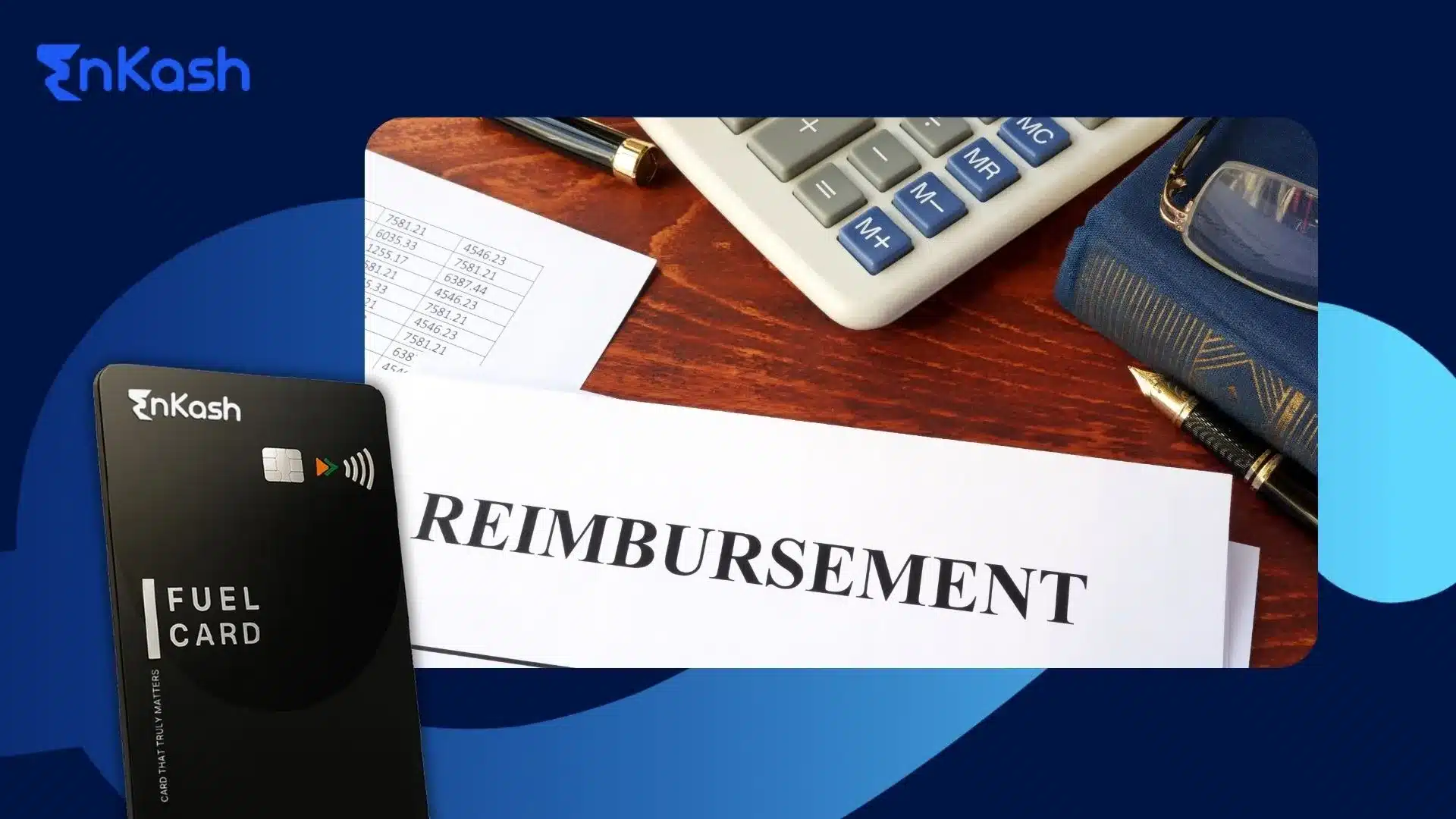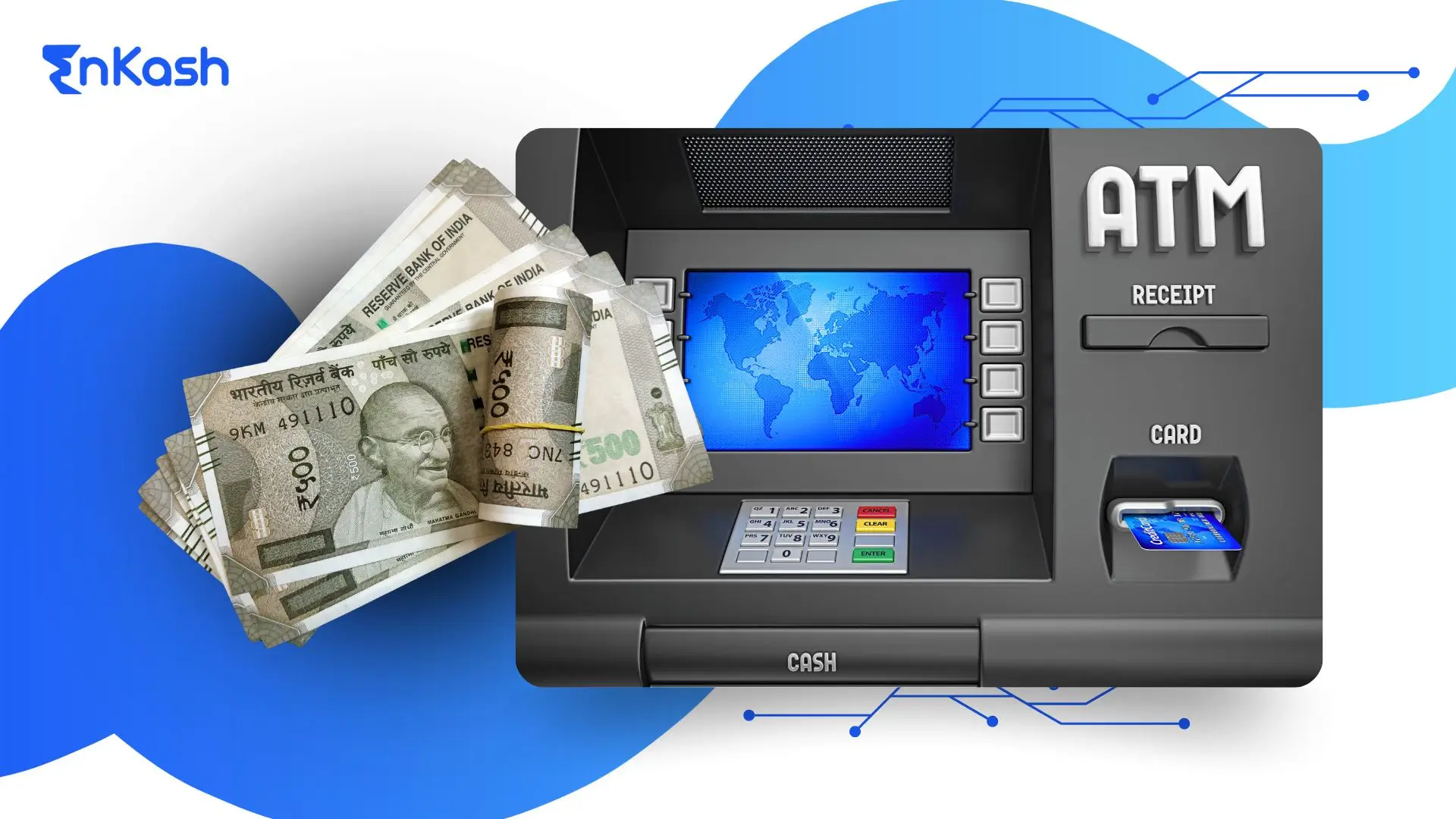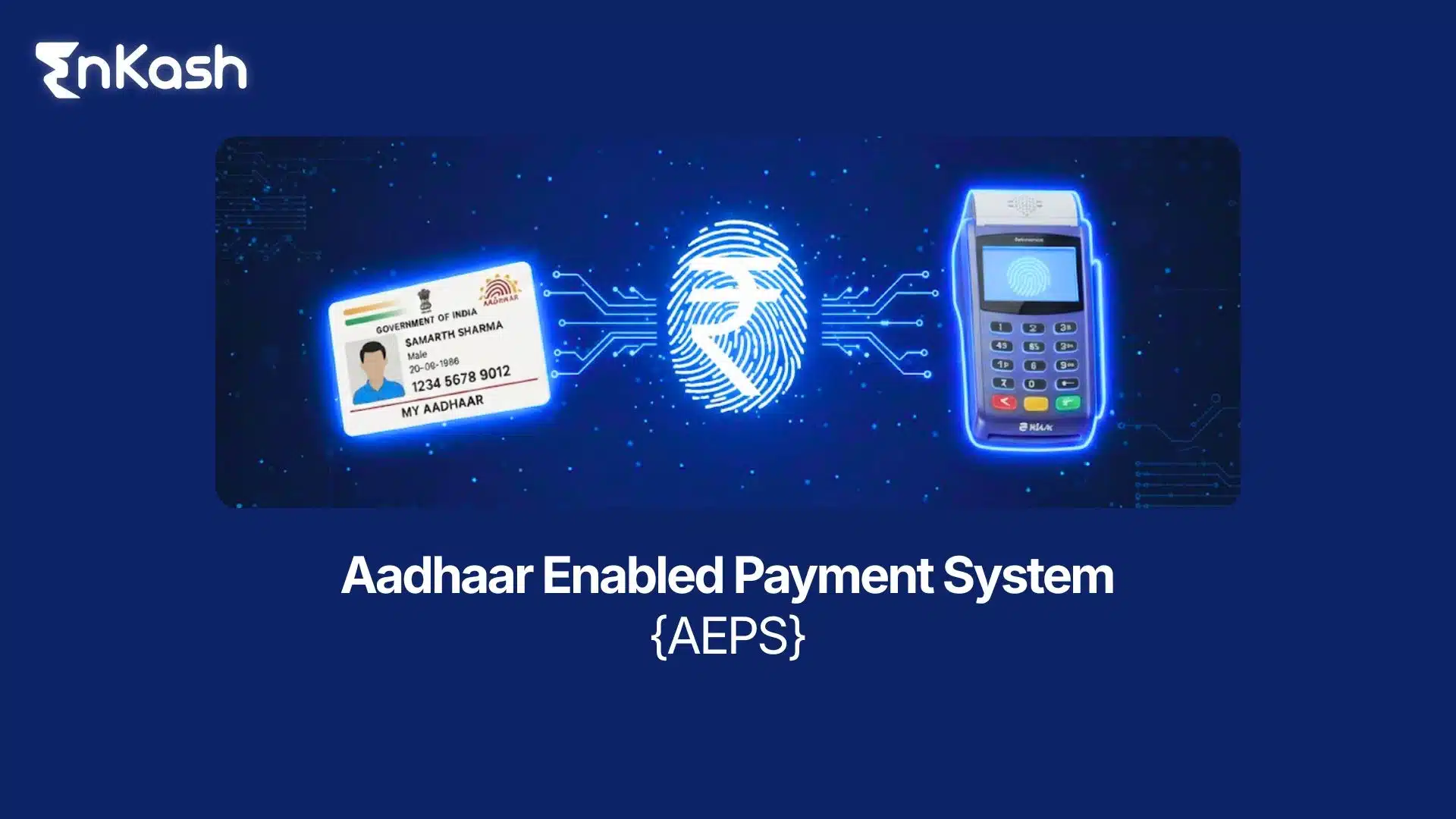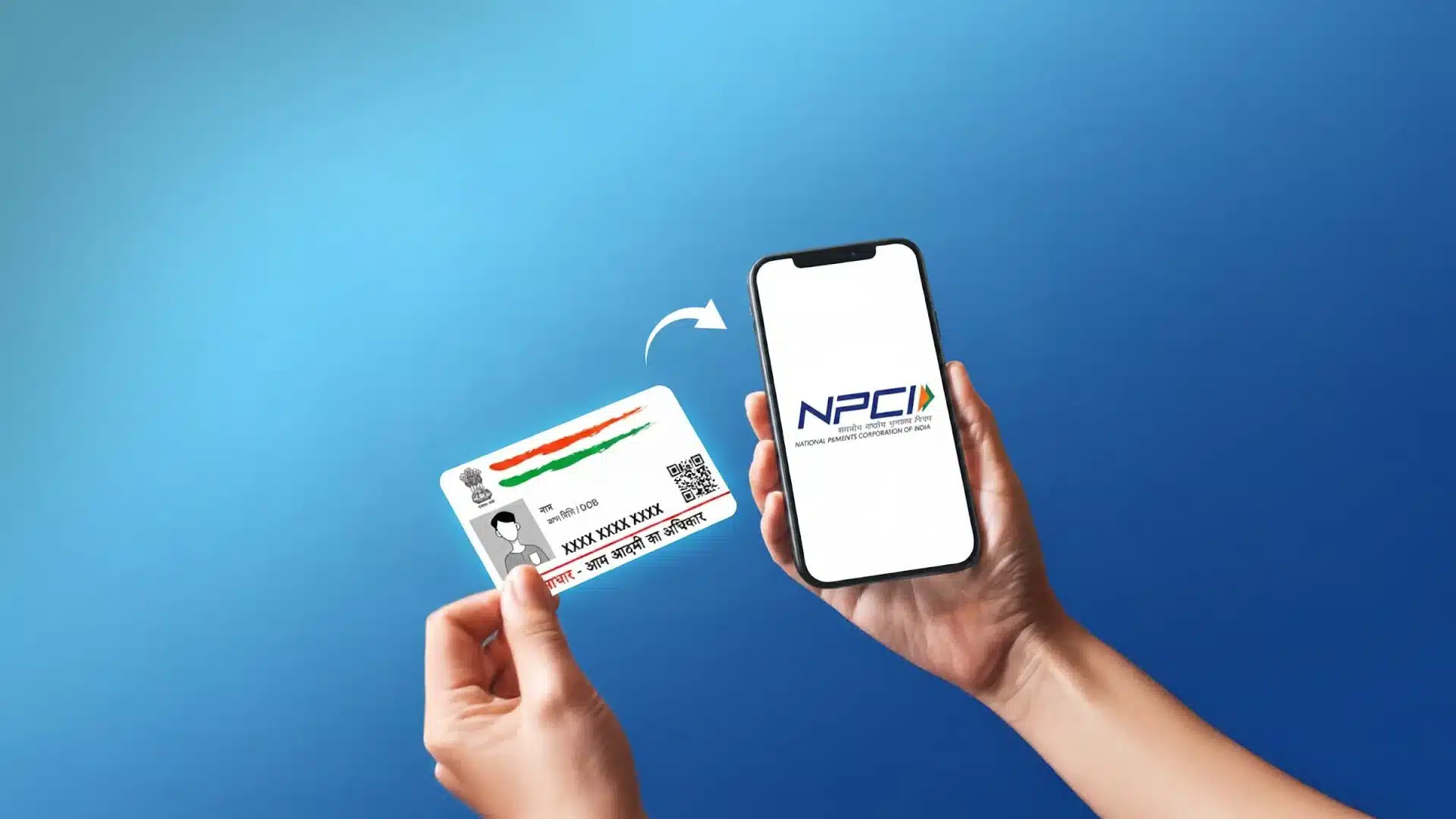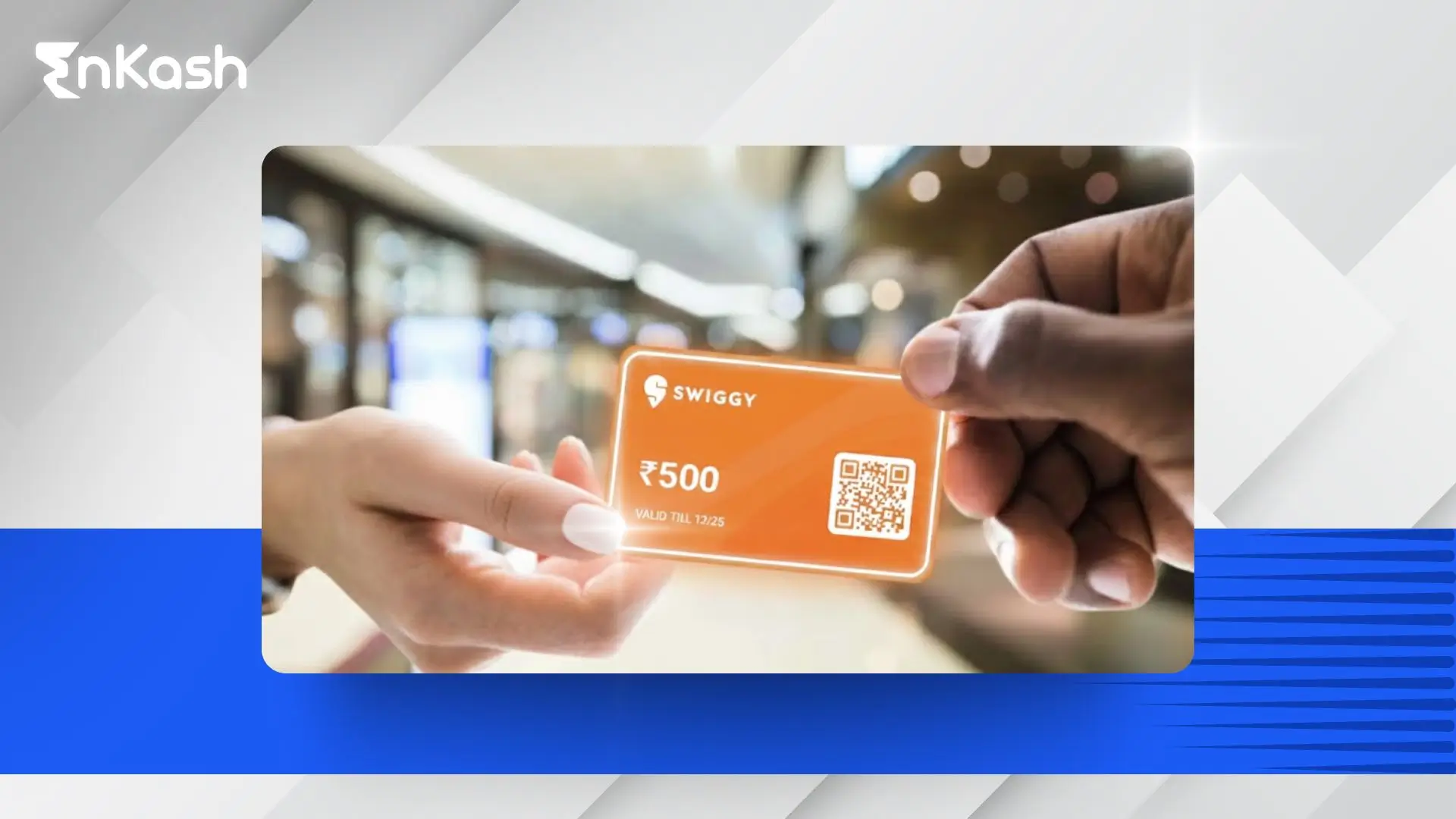Handling fuel reimbursements has always been a difficult job for businesses. Employees usually pay for fuel themselves, save the receipts, and later submit them for reimbursement. This back-and-forth takes time and creates stress. Finance teams must check every bill, and employees wait days before they are reimbursed..
A fuel card changes this routine completely. Instead of employees paying first, the company loads money in advance on a card that works only at fuel stations. When an employee fills up, the cost is deducted instantly. There are no receipts to chase, no confusion, and no long delays.
Switching to a fuel card for reimbursement is about more than just speed. It creates a clear system that is easy to manage. Every transaction shows where and when fuel was purchased. A prepaid fuel card for business gives managers better control, while employees no longer carry the burden of upfront payments.
For companies, this move is about efficiency. It reduces errors, lowers fraud risk, and saves the finance team from piles of paperwork. With the rise of digital payment tools, adopting a prepaid fuel card solution is becoming the natural step for businesses that want smoother reimbursements and smarter expense tracking.
Traditional Fuel Reimbursement Challenges
The old system of fuel reimbursements may look simple on the surface, but in practice, it creates constant issues for employees and finance teams. Below are the biggest challenges businesses face:
- Out-of-pocket burden on employees
Staff travelling for work usually pay first and later apply for employee reimbursement. This blocks their personal funds and forces them to wait until the claim is cleared, often leaving them frustrated. - Cumbersome paperwork and bill collection
Manual claims depend on physical receipts that fade, tear, or get misplaced. Employees must attach them to forms, and finance teams have to verify each line item. This makes fuel card vs fuel reimbursement processes heavily tilted toward paperwork and wasted effort. - Delays in repayment
Manual approval cycles stretch for days or weeks. Employees feel unsupported when their fuel card for reimbursement is replaced by a slow and outdated method that delays payback. - Errors and disputes
Numbers are entered by hand, which increases mistakes. Dates and amounts may not match, leading to disputes between teams. Such issues highlight why the benefits of fuel cards over fuel reimbursement are now clear. - Risk of misuse and inflated claims
Without digital tracking, companies cannot easily confirm the exact spend. Fake or altered receipts can slip through. This makes smart fuel expense tracking impossible in a manual setup. - Heavy load on finance teams
Time is spent on sorting, checking, and approving claims instead of strategic tasks. Manual reimbursements increase workload and prevent managers from focusing on better ways to track and control fuel expenses.
What Is a Fuel Card and How Does It Work?
A fuel card is a prepaid payment tool designed only for fuel expenses. Unlike general-purpose cards that can be used anywhere, it is restricted to fuel stations and related services. Companies load money onto the card in advance and hand it to employees or drivers who need to travel for work. This system removes the need for cash, bills, and manual claims.
The basic idea behind a prepaid fuel card for business is control. Employers decide how much balance to assign and can also limit where the card is used. This ensures funds are spent only on fuel and not on personal expenses. Transactions are recorded in real time, which helps finance teams see how money is being used without waiting for paper receipts.
Using a fuel card for employee travel is simple. An employee visits a partner fuel station, swipes or taps the card, enters a secure PIN, and the amount is deducted instantly. Many cards are also linked to mobile apps or digital dashboards where both the company and the employee can check balances, spending history, and limits.
Modern programs are built for smart fuel expense tracking. They allow managers to set daily or weekly caps, monitor transactions, and even restrict usage to selected outlets. This direct oversight makes it easier to track and control fuel expenses, cut down misuse, and simplify reimbursements.
A prepaid fuel card solution replaces the old cycle of pay, submit, and wait. It creates a faster and more transparent way for companies to manage fuel costs and for employees to get their travel needs covered without stress.
Prepaid Fuel Card vs Traditional Fuel Reimbursement
Companies are beginning to ask an important question: should they continue with the old style of reimbursements or move to a modern system with cards? A clear look at both processes shows why the shift is happening.
- Traditional fuel reimbursement
Employees spend their own money, collect receipts, and later submit them to finance. Every claim has to be checked manually, which delays repayment. Errors are common, and misuse through fake or inflated bills is hard to detect. This approach adds stress to employees and creates heavy paperwork for finance teams.
- Prepaid fuel card for business
Money is loaded on the card in advance, removing the need for employees to pay first. The card can be used only at fuel stations, and every transaction is logged instantly. Finance teams get digital records instead of piles of receipts. Limits can be set, policies enforced, and misuse reduced. Employees receive immediate coverage without waiting for weeks.
The contrast between fuel card vs fuel reimbursement becomes sharper when you look at outcomes. A fuel card for reimbursement speeds up processes, lowers fraud, and gives both employees and managers peace of mind. On the other hand, manual claims keep everyone stuck in a slow and error-prone cycle.
When companies ask themselves how a fuel card is better than fuel reimbursement, the answer lies in three words: control, clarity, and speed. This balance makes the benefits of fuel cards over fuel reimbursement clear for any business that wants efficiency in handling travel expenses.
Key Benefits of Fuel Cards Over Fuel Reimbursement
Switching from manual claims to a digital card system gives companies more than just convenience. A fuel card for reimbursement changes the way expenses are handled, saving time, protecting money, and improving employee experience. Below are the detailed benefits that make businesses adopt this model.
- Clear visibility to track and control fuel expenses
Every transaction made with a fuel card is recorded in real time. Managers can see the exact date, time, and location of each fill-up. This allows them to monitor spending patterns and quickly identify unusual activity. With full visibility, companies finally gain control over fuel budgets. - Smart fuel expense tracking for better decision-making
Digital statements provide detailed insights into how fuel is being used across fleets or teams. By using smart fuel expense tracking, finance teams can detect trends such as excessive fuel usage on specific routes or vehicles. These insights support better planning and cost-cutting strategies. - Reduced paperwork and faster processing
Manual employee reimbursement depends on bills, forms, and approvals that often stretch for weeks. With a prepaid fuel card for business, receipts are no longer needed. All data flows into a single digital platform, cutting down paperwork and speeding up settlement. - Less misuse and fewer inflated claims
A card can only be used at authorised fuel outlets, making fake receipts impossible. Spending caps ensure that the card is used only for the intended purpose. This makes the fuel card solution for companies safer than manual claims where misuse is harder to detect. - Simplified audits and clean reporting
End-of-month audits no longer require digging through stacks of receipts. Digital logs from a prepaid fuel card solution are accurate, easy to export, and ready for compliance checks. This reduces audit time and improves overall accuracy in expense reports. - Employee convenience and satisfaction
Staff no longer carry the burden of paying upfront for official travel. With a fuel card for employee travel, they simply swipe and go. Removing delays in repayment improves trust between employees and management, creating a smoother work environment. - Better policy enforcement through controls
Companies can set daily or weekly limits, restrict usage to certain outlets, and even block transactions outside defined rules. This gives managers full authority to apply policies without relying on trust alone.
The combined benefits of fuel cards over fuel reimbursement make the choice clear. They provide speed, security, and structure to an area of business spending that was once difficult to manage.
Fuel Card Solutions for Companies
Every business spends on fuel, but the scale and nature of spending differ from one company to another. A fuel card solution for companies can be customised to match these needs. From large fleets to small teams travelling within cities, prepaid cards create a structured and reliable system for covering fuel expenses.
Logistics and fleet operators
Companies running trucks, buses, or delivery vans benefit the most. Fuel is their largest running cost, and pilferage is a common risk. A prepaid fuel card for business allows managers to monitor every refill, reduce leakage, and plan routes more efficiently.
Sales and field staff
Employees travelling daily for client meetings or service calls often face delays in reimbursements. By using a fuel card for employee travel, companies remove the need for staff to pay out of pocket. This reduces stress, improves productivity, and makes the process smooth.
Car rental and transport services
Taxi companies, ride aggregators, and rental services deal with hundreds of small fuel transactions every day. Manual claims become impossible to track. A fuel card for reimbursement simplifies this by giving a single platform to manage all fuel spends across drivers.
Small and medium businesses
Even smaller firms can gain from a prepaid fuel card solution. Instead of processing multiple small claims each month, they can control spending limits, track usage, and reduce paperwork. This gives them the same control that large companies enjoy, without heavy systems or cost.
By tailoring the fuel card solution for companies to their specific structure, businesses can cut down manual work, prevent misuse, and focus on growth.
How Prepaid Fuel Cards Simplify Employee Reimbursement
Manual claims put both employees and finance teams under pressure. A prepaid fuel card for business changes this by making the reimbursement process direct, fast, and reliable. Instead of waiting weeks for payback, employees get instant coverage, and companies gain complete control.
- No more out-of-pocket spending
With a fuel card for reimbursement, employees do not need to use their own money. The company loads funds in advance, which removes the financial burden on staff and builds trust between management and workers. - Instant recording of transactions
Every purchase made with a fuel card is logged immediately. Finance teams get access to these records in real time, removing the need for employees to collect and submit bills. This makes the entire employee reimbursement process faster and simpler. - Fewer disputes and errors
Since there are no handwritten bills or manual entries, mistakes are reduced. A prepaid fuel card solution creates accurate statements that can be matched directly with company records, leaving little room for confusion or conflict. - Faster turnaround for finance teams
By using a fuel card for employee travel, companies avoid the heavy workload linked to checking receipts. Finance staff can close expense cycles quickly, which helps them focus on more important work like planning and analysis.
Switching to cards makes the idea of employee reimbursement less about chasing bills and more about managing a clean, digital system that benefits both sides.
Implementation Roadmap: Moving From Manual to Prepaid Fuel Cards
Shifting from old-style reimbursements to a prepaid fuel card solution is not difficult if done in a structured way. A clear roadmap helps companies avoid confusion and ensures that both employees and finance teams adapt smoothly.
- Step 1: Review the current process
Begin by checking how fuel card vs fuel reimbursement expenses are being handled today. Look at how much time is spent on collecting bills, approving claims, and clearing payments. This baseline shows the gaps that cards can fill. - Step 2: Choose the right provider
Select a prepaid fuel card for business that matches company needs. Some cards suit large fleets, while others are designed for office staff who travel within the city. The right provider ensures wide acceptance and simple integration. - Step 3: Define limits and policies
Companies should fix clear rules such as daily or weekly spend limits. These rules make it easier to track and control fuel expenses while preventing misuse. Policies must be shared with employees before rollout. - Step 4: Onboard employees
Introduce the card to staff through short training sessions. Explain how the fuel card for employee travel works, how to check balances, and what rules apply. A simple start avoids confusion and builds confidence. - Step 5: Monitor usage in real time
Use the dashboards linked to the card to follow transactions. This enables smart fuel expense tracking and helps finance teams flag unusual spending before it grows into a larger issue. - Step 6: Run a pilot program
Test the system with a smaller group, such as a few vehicles or selected employees. This helps spot operational challenges early before scaling the fuel card for reimbursement to everyone. - Step 7: Scale and refine
Once the pilot succeeds, expand to all teams and keep reviewing results every month. Update policies as travel needs change and keep limits flexible for seasonal variations.
Following this roadmap shows exactly how to reduce manual fuel reimbursements and replace them with a process that is faster, cleaner, and far easier to manage.
Cost, ROI, and Long-Term Value
Every new system has a cost, and companies want to know if the investment is worthwhile. A prepaid fuel card solution brings both direct and indirect savings that usually outweigh the setup or program fees.
- Program and usage costs
Most providers charge small fees for issuing or replacing a fuel card. Some also add minimal platform charges. These costs are predictable and far lower than the hidden costs of manual claims. - Savings from reduced misuse
With a fuel card for reimbursement, spending is limited to authorised outlets. This prevents inflated claims, fake receipts, and unauthorised purchases. The direct savings from fraud reduction are significant, especially for companies with high travel needs. - Lower administrative effort
Manual claims consume finance teams’ time. By using a prepaid fuel card for business, the hours spent on collecting and checking bills are cut sharply. This reduction in workload translates into long-term cost efficiency. - Faster closing of accounts
With all transactions recorded digitally, expense reconciliation happens faster. Fuel card solution for companies help them close their books on time, saving resources during audits and reporting. - Improved employee experience
Although hard to measure in money terms, the effect is real. Staff using a fuel card for employee travel avoid delays, which builds trust and improves retention. Happier employees are a long-term asset to any business.
The return on investment is clear. By replacing paper-heavy reimbursements with a prepaid fuel card solution, companies save money, save time, and gain a system that delivers ongoing value.
Final Thoughts
The way companies manage fuel expenses is changing quickly. The days of collecting bills, verifying claims, and waiting weeks for repayment are giving way to a cleaner and smarter system. A fuel card for reimbursement replaces paperwork with instant transactions and real-time tracking.
For employees, it means no more out-of-pocket spending. For finance teams, it means fewer errors and less workload. A prepaid fuel card for business offers the right balance of control, transparency, and convenience. It helps managers track and control fuel expenses, reduce misuse, and ensure faster payouts.
The benefits of fuel cards over fuel reimbursement are clear across every sector, from logistics fleets to corporate sales teams. By adopting a prepaid fuel card solution, businesses create a process that is simple, transparent, and reliable. The shift is not just about saving time, it is about building a stronger system for managing travel expenses.
FAQs
1. Can a fuel card be restricted to certain fuel stations?
Yes, companies can choose fuel card solutions for companies that work only at authorised outlets. By restricting usage to selected stations, managers gain better control and prevent employees from swiping the card at unauthorised or higher-priced locations. This ensures fuel costs remain within policy and easier to monitor.
2. How secure is a fuel card compared to cash?
A fuel card for reimbursement is much safer than cash. It requires a PIN or digital authentication, and every transaction is recorded. If a card is lost, it can be blocked instantly. Cash, on the other hand, is untraceable and vulnerable to theft or misuse.
3. Do prepaid fuel cards support UPI or mobile app payments?
Many providers now link the prepaid fuel card solution to mobile applications. Employees can view balances, track spending, and in some cases even reload through UPI. This integration improves ease of use and aligns with the growing preference for digital payments across travel-related expenses.
4. Can companies set daily or monthly spending limits on fuel cards?
Yes, limits are one of the strongest features of a prepaid fuel card for business. Managers can fix daily, weekly, or monthly caps depending on the employee’s travel needs. These caps reduce misuse and allow businesses to keep fuel budgets predictable and under control.
5. How do fuel cards impact tax reporting and compliance?
Using a fuel card simplifies audits since all transactions are digitally recorded. Even though fuel is outside the GST system, companies still gain clear reports for tax filing and compliance checks. This makes expense management cleaner and reduces the time spent on reconciliations during audits.
6. Can a single company issue multiple fuel cards for different employees?
Yes, businesses can distribute several cards across their workforce. Each fuel card for employee travel can have its own limit and rules, making it possible to control expenses for drivers, sales teams, or service staff separately. This flexibility improves control across departments and cost centres.
7. What happens if an employee spends more than the card balance?
If the fuel card balance runs out, the employee can pay the remaining amount in cash or through another mode. Managers can reload the card immediately if needed. This system ensures transparency, as the card records only the pre-approved portion of fuel spending.
8. Do fuel cards integrate with expense management software?
Yes, many providers connect their fuel card solution for companies with ERP or expense tracking tools. This integration means transactions flow directly into the company’s accounting system, removing manual data entry. It helps finance teams analyse spending patterns and close monthly reports more quickly.
9. How do fuel cards reduce fraud in large fleets?
Large fleets face risks of fake receipts and fuel pilferage. With a fuel card for reimbursement, every refill is tied to a verified transaction at an authorised station. Limits, alerts, and digital records close the gaps that fraudsters use, reducing leakages and improving accountability.
10. Are fuel cards suitable for small businesses, or only large companies?
A prepaid fuel card solution works for all business sizes. Small firms save time by avoiding multiple petty cash claims, while large companies benefit from tighter control. Since providers offer flexible options, even a small team with a few vehicles can enjoy the same advantages as big fleets.

